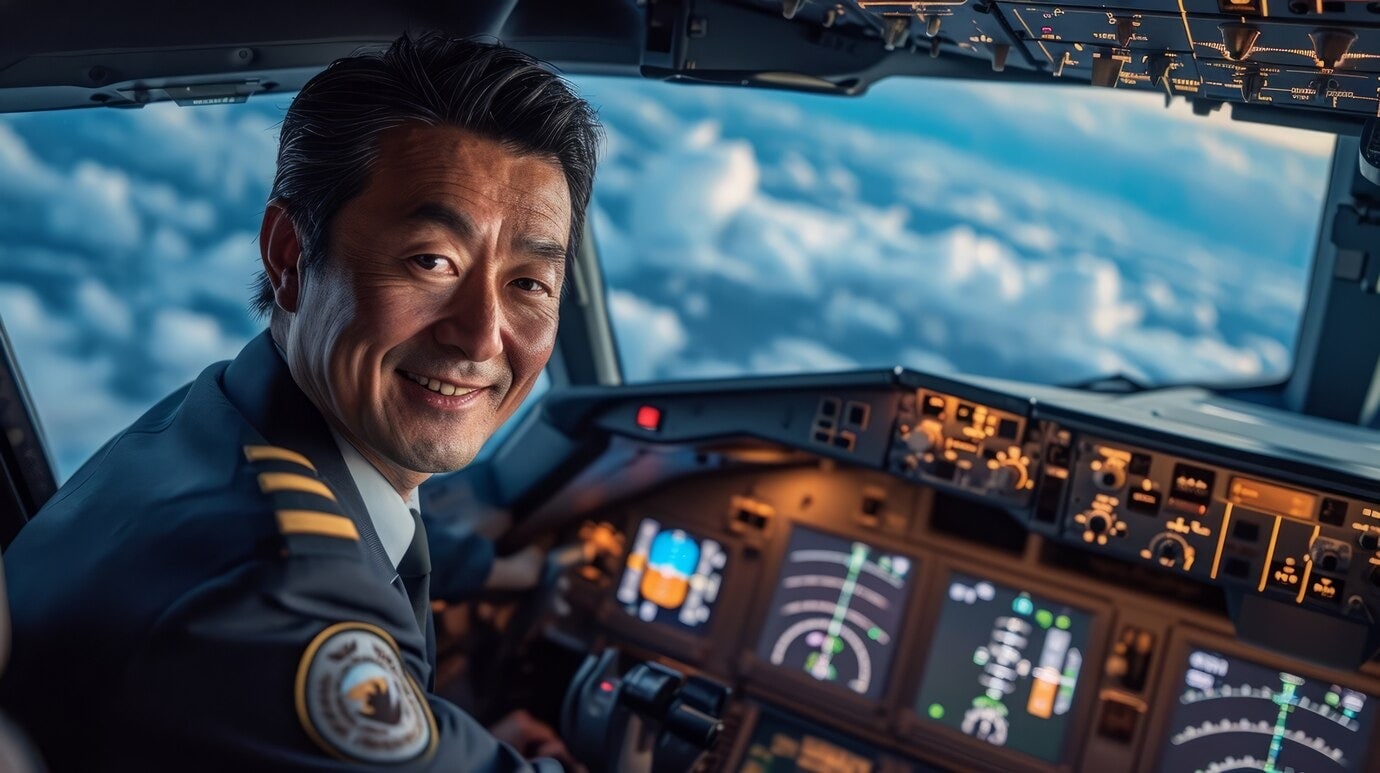
Pilot Training Programs
Becoming a pilot is one of the most exciting and rewarding careers. Whether you are passionate about flying or looking to explore the vast opportunities in aviation, enrolling in a pilot training program is the first step toward achieving your goals. In this blog, we will guide you through the essential components of pilot training programs, how they work, and what you can expect from them.
What is Pilot Training?
Pilot training programs are educational courses designed to equip individuals with the skills, knowledge, and certifications needed to fly aircraft safely and competently. These programs range from private pilot licenses (PPL) to commercial pilot licenses (CPL) and even airline transport pilot licenses (ATPL). The training typically involves both ground schooling (theory) and practical flight hours to ensure that students are well-prepared to operate aircraft under various conditions.
Types of Pilot Training Programs
1. Private Pilot License (PPL)
- This is the most basic form of pilot certification and allows you to fly small aircraft for personal use.
- Duration: Typically takes around 3-6 months to complete.
- Eligibility: Must be at least 17 years old and meet medical fitness requirements.
- Key Skills: Basic flying skills, navigation, communication, and safety protocols.
2. Commercial Pilot License (CPL)
- The CPL allows you to work as a pilot for compensation or hire. This license is necessary for anyone aspiring to fly for airlines or charter services.
- Duration: Generally takes 12-18 months to complete.
- Eligibility: You need to have a PPL and a set number of flying hours before you can begin your CPL training.
- Key Skills: Advanced flying techniques, aircraft systems, weather understanding, and emergency management.
3. Airline Transport Pilot License (ATPL)
- The ATPL is the highest level of pilot certification and is required for anyone wishing to work as a captain for commercial airlines.
- Duration: This training is typically completed over several years, requiring significant flight experience.
- Eligibility: You need to have a CPL and additional flying hours.
- Key Skills: Mastery of all aspects of flying, including long-haul flights, complex systems, and international air traffic control regulations.
Flight Training: Practical and Theory
Pilot training is divided into two main sections:
1. Ground School (Theory)
Ground school provides the theoretical knowledge needed to become a proficient pilot. It includes subjects like:
- Aerodynamics
- Aviation regulations
- Weather systems
- Aircraft systems
- Navigation
2. Flight School (Practical Training)
Flight school is where you get hands-on experience in the cockpit. You will train under the supervision of experienced instructors, learning how to control an aircraft, handle emergencies, and master various flight maneuvers.
Benefits of Enrolling in a Pilot Training Program
Career Opportunities: With the aviation industry expanding, there is a constant demand for qualified pilots. Completing a pilot training program opens doors to numerous job opportunities in commercial aviation, private charters, flight schools, and more.
Adventure and Excitement: Flying is an exhilarating experience. As a pilot, you will have the chance to travel to new places, meet new people, and enjoy the thrill of being in the sky.
Personal Growth: Pilot training helps develop critical skills such as problem-solving, quick decision-making, and effective communication.
Why Choose Raju’s Aviation Academy for Your Pilot Training?
Raju’s Aviation Academy provides comprehensive pilot training programs, ensuring that you receive the best education, practical experience, and guidance to succeed in the aviation industry. With state-of-the-art facilities and experienced instructors, Raju’s Aviation Academy is dedicated to shaping the next generation of pilots.
For more information about our pilot training programs, visit our official website: Raju’s Aviation Academy.



